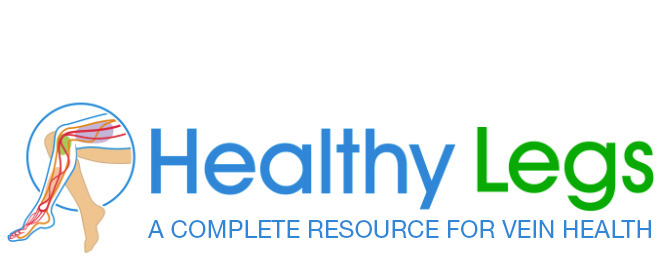
They commonly occur on the legs, especially the calves, thighs and ankles; but can also appear on the face (e.g. cheeks or nose), or other body areas.
Reticular veins are also commonly found in the presence of spider veins. These slightly larger (1 – 3mm diameter) and deeper veins are usually blue in colour and may also be referred to as ‘feeder’ veins, as when they are incompetent the blood pooling in them can feed back to the smaller surface vessels to create spider veins.
Spider and reticular veins can be quite visible against the skin and sufferers may therefore feel uncomfortable about wearing clothing that reveals them, preferring long pants or long skirts even in summer.
In the CEAP clinical classification system, spider and reticular veins are categorised as C1 and are generally considered as primarily a cosmetic condition at this stage.
How Common Are They?
Spider and reticular veins are very common.Studies have shown that over 80% of both men and women between the ages of 18 to 64 will have at least mild but visible spider and/or reticular veins. Generally women are effected more commonly than men, and particularly as they get older.
Who Is More At Risk?
A number of factors make you more likely to develop reticular and spider veins:- Age; the elasticity of your veins weakens as you get older
- Your genes; if you have a family history of spider and reticular veins the chances are that you will have them too
- Conditions that cause increased abdominal pressure such as chronic constipation, abdominal tumours or wearing tight girdles
- Injury to the skin and previous vein surgery
- Excess weight; being obese (and especially belly fat) increases pressure on the leg veins
- Standing or sitting for long periods of time
- Immobility, such as being confined to bed
- Too much sun exposure, especially on very fair skin, can cause spider veins on the face
- Hormonal changes during puberty, pregnancy and menopause dilate the veins
- Taking contraceptive pills and hormone replacement therapy have a similar effect in dilating veins
- Pregnancy; the pressure of the growing uterus and the increased volume of blood causes veins to enlarge









